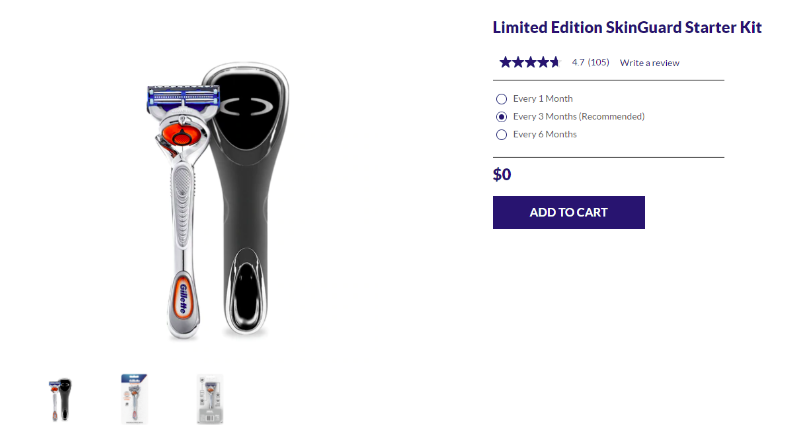What is penetration pricing?
- 09 April 2021

Penetration pricing is one of the most effective pricing strategies that allows companies all over the world to maintain a leadership position in their sectors. In this blog post, we want to take a closer look at this pricing strategy. What is penetration pricing? How can you devise an effective penetration pricing strategy? And does price penetrating really work? Read on and find out!
Interestingly, penetration pricing is more popular than many people think. It’s extensively used, for example, in the FMCG and electronics sectors. The main purpose of the penetration pricing strategy is market penetration, hence the name.
Market penetration definition
In a nutshell, market penetration is a percentage measure of how much a specific product is being used or purchased by customers in relation to the total estimated market of this particular product. Let’s use an example: If you produce bikes and every fifth bike in the country is made by your company, your market penetration is 20%. This way, market penetration equals market share for a given company.
For obvious reasons, companies try to get as high market penetration as possible, especially when it comes to new products and services. And this is where penetration pricing comes in handy. What do you need to know about this strategy?
The penetration pricing strategy
When it comes to introducing new products, penetration pricing is one of the most commonly utilized strategies (together with price skimming).
We’ve already mentioned this approach in our recent article about pricing strategies in e-commerce. The idea is simple: You start with the new product; therefore, you need to acquire as many customers as possible in order to get word of mouth and publicity. That’s why you decide to lower the initial price, making it very attractive. The reduced price encourages many people to buy your product.
Once they purchase it, they realize that it’s excellent and suits their needs. Now, it’s the right time to raise the price. Of course, some of your customers are dissatisfied, but the vast majority quickly agrees to new prices, because the product is simply worth them.
PENETRATION PRICING EXAMPLES – NETFLIX AND GILETTE
This is how streaming platforms work. For instance, until October 2020, Netflix offered viewers a 30-day free trial. This way, they managed to get millions of paying customers, and the potential loss generated within that first trial month was quickly covered with a monthly paid subscription. Interestingly, Netflix no longer offers such a free trial. They decided to try other marketing strategies[1].
And here’s the second example–Gillette. Their razors are frequently available at prices significantly lower than their competitors’. Sometimes, they are available even for free! How is that profitable? Simply because they also sell blades that are no longer so cheap, and this is where they make money.

The benefits and limitations of the penetration pricing strategy
According to Herman Simon’s “Pricing Man” book, there are several crucial benefits of this strategy:
- Quick increase of sales
- Strong and long-term market position (once your customers are convinced about your product’s quality, they won’t change it for anything else)
- Short-term cost decreases, thanks to the scale effect
- Reduction of the failure risk
- Deterring potential competitors
Of course, not every company can or should use this strategy. For starters, you have to invest more financial resources since you won’t make enough money in the first period of your market activity. Therefore, it’s a strategy rather for large players who can afford to wait several months for the real profits.
Secondly, the products that are being promoted with the penetration pricing strategy really have to be of great quality. Both Netflix and Gillette offer top-tier products, thus minimizing the risk that customers will depart them after the price increase.
And lastly, with some exceptions, it’s a strategy rather for B2C companies. Of course, this does not mean that B2B companies can’t use it, but it’s definitely less popular in the business-to-business setup.
Penetration pricing in e-commerce
This strategy can be easily implemented in the e-commerce world. In fact, even Gillette uses it in their online store. However, if you are a producer who wants to enter the market with a penetration pricing strategy, you ought to constantly monitor prices offered by your distributors and partners. It’s the only way to make sure there are no deviations from the suggested price and your strategy remains intact.
Additionally, you should verify your price positioning. Read more about that in our other blog post: How to check your price positioning in comparison with competitors? If you are interested in monitoring prices, including your distributors, partner stores, and competitors, use Dealavo’s price monitoring tool. Thanks to advanced AI algorithms, our tool works perfectly 24/7, giving you constant feedback from the market.
[1] https://www.newsweek.com/netflix-free-trial-30-days-ended-1562623
